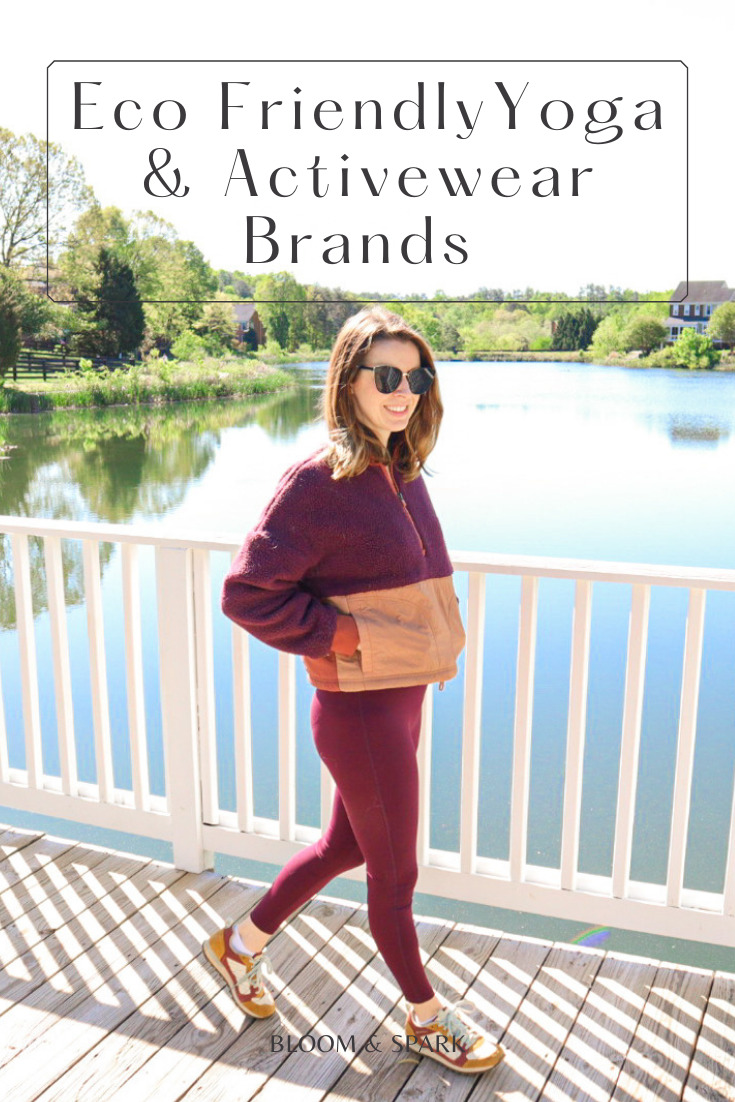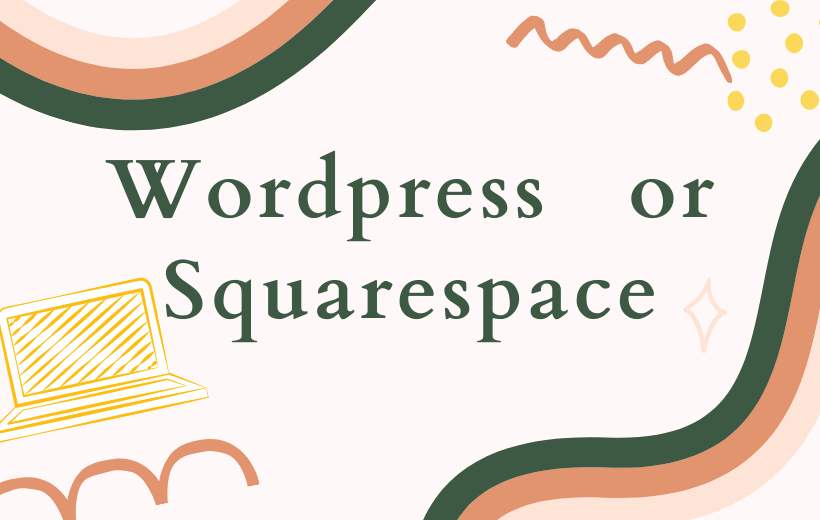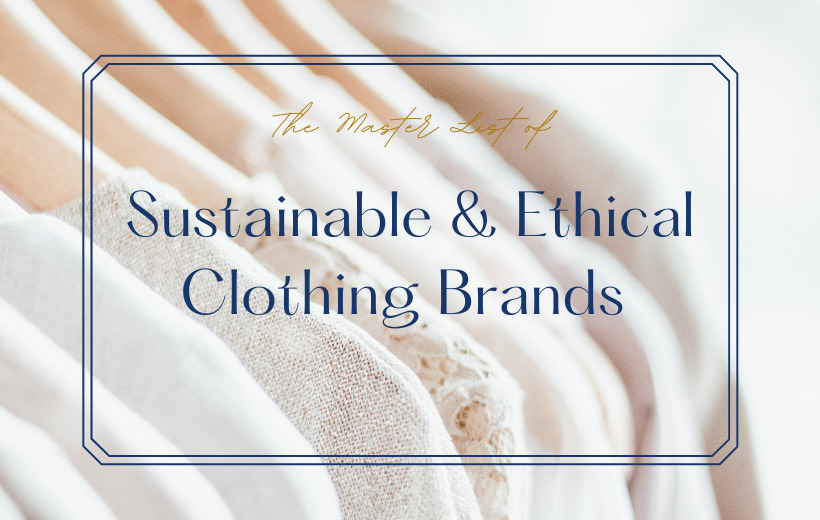
Where I Go to Find Eco-friendly Yoga & Activewear
Today I’m doing a quick roundup of some of my favorite eco-friendly yoga and activewear. It’s easy to go to TJMaxx and pay $9.99 for a pair of leggings- trust me I’ve done it many times, but as I slowly build a more conscious closet I make a greater effort to only purchase from ethical and sustainable brands. It’s tempting to have a stack of 20 leggings to choose from, but my hope is that we can start to shift away from wanting lots of items that are cheap and quickly disposed of, in favor of fewer pieces that we can feel good about purchasing. I always say we vote with our dollars every day. I don’t want my dollars going to support practices that I don’t ethically support.
My Favorite Eco-Friendly Yoga & Activewear Brands
Outdoor Voices
I absolutely love what Outdoor Voices stands for, their transparency and their high quality pieces that are made to last.. Outdoor Voices is an eco-friendly yoga & activewear brand focused on protecting the environment. They do this through their use of sustainable materials such as fabrics made from recycled PET, ethically-sourced and recycled wool, and cotton certified by Better Cotton Initiative. In addition, they focus on sustainable packaging that is both recycled and recyclable such as reusable totes in lieu of paper or plastic bags, 100% recycled paper envelopes/recyclable boxes and replacing poly bags (the plastics that protect clothing in-transit) with paper alternatives.
Girlfriend Collective
One of my most worn pair of leggings is most definitely my Girlfriend Collective Leggings. Partly becuase of the handy pocket for my phone which is essential on long walks with my dog, but also becuase of how comfortable they are. They are thick enough to feel sturdy and high quality, but soft enough to be able to lounge in. Girlfriend Collective is known for making their leggings out of recycled water bottles, but that’s not the only sustainable initiative they focus on. Their tees and tanks are 100% cupro, a fiber made from waste the cotton industry leaves behind and the yarn in their pieces is made in a zero-waste, zero-emission facility. Some leggings are even made from recycled fishing nets and other waste using their ECONYL® yarn. Their manufacturing operation adheres to super strict regulations that keep factory employees well-paid, safe, and living healthy lives. And their fabric is dyed with eco-friendly dyes and the wastewater is cleaned and cooled before it is released. Ethical manufacturing, sustainable fabrics, and eco friendly production methods, are just a few of the reasons I highly recommend Girlfriend Collective.

Boden
Boden is another brand to look into if you are looking to be more eco-friendly. I haven’t actually added to my wordrobe with any items from Boden yet, but I have a long list of “wanted” items that are all from Boden, so it’s only a matter of time. While it appears that boden makes clothing on a large scale with many items offered each season (which is usually not something I look favorably upon) I do appreciate the sustaiable measures they are taking within their brand. These include swimwear fabrics that are made from ECONYL® which is a regenerated fabric creatred from ocean plastics/waste. Packaging that is made from recycled materials. As far as fair labor goes, all manufacturing partners are “ethically audited” and support ethical practices. Boden’s offices and warehouses are zero waste, and they pledge to use 100% sustainable sourced materials for fabrics within the next 4 years. All those factored in, I feel comfortable making purchases from Boden without feeling uneasy about where my dollars are going.
Fabletics
I think Fabletics is on the right track and is beginning to make efforts toward using more sustainable fabrics and practcices that reduce waste and carbom emissions, but they don’t win major points in this just yet. Fabletics is mainly an e-commerse business which is inherantly more eco friendly than physical stores, however the few stores they do have are all carbon neutral, use sustainable packaging with recycled polybags, recycled mailers, and reusable shopping totes. Some of their styles are made with recycled and upcycled materials such as transforming recycled plastic bottles into fiber, which has kept over 24 billion discarded bottles out of landfills. They definitely could expand a lot in this area so they are one to watch in the coming years. I am careful to spot greenwashing campaigns so this onw we will have to wait and see but I thought I would still mention it here.
Shop all my favorites!
Just a friendly reminder the items I have linked here are affiliate links that I use to help support the time I dedicate to researching and writing for you all. This is NOT a sponsored post and I was not gifted any of these items. I only share products here that I either use myself, or hope to purchase one day because I either LOVE what the brand stands for or find the product conducive to living well and sustainably. This is no extra expense to you, just a way for brands to say “thanks, Caroline!” when I send my readers their way. You can read more about it in my affiliate disclaimer.
Find this post helpful? Pin it & share it!



























